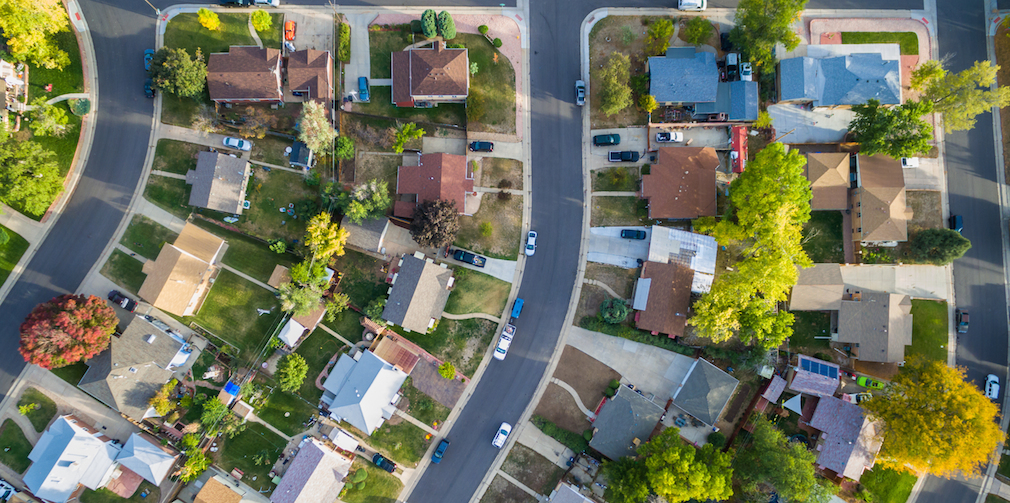Sales of new homes decreased to an annualized rate of 635,000 in July, according to the Census Bureau and the Department of Housing and Urban Development.
While July’s rate was 12.8% below June, it’s important to note that June’s figures were upwardly revised to a rate of 728,000 and remains 4.3% higher than a year earlier when it was 609,000.
The correction of June’s figures is a substantial one. When the data initially came out last month, the report showed that new home sales were at an annualized rate of 646,000 in June, an increase of 7% over May. Now, the new data shows that new home sales actually rose by more than 20% in May. So, while the newly released data for July shows a decline, that decline is coming from one of the strongest months in recent years.
“New home sales were sharply revised upward in June to a post-recession high annual rate of 728,000,” National Association of Home Builders Chief Economist Robert Dietz said. “While we continue to see volatility in the monthly numbers, sales continue to trend in a slightly positive direction and are in line with our forecast.”
Overall, 2019 appears to be trending positively, with some analysts suggesting that 2019 will end up as the best year for new home sales since 2007.
But, despite that trend, it’s not all sunshine and roses.
Navy Federal Credit Union Corporate Economist Robert Frick said lower mortgage rates seem to be having an effect on new home sales.
“The June figure was revised upward substantially, from 646,000 to a 728,000 annualized pace. And while sales fell in July, and these figures have wide margins of error, this further shows the slumping home sales market is showing some life,” Frick said. “But the numbers reflected the core problem holding the home sales market from regaining momentum: the average sales price for a new home was $388,000, and half of home buyers are looking for a sub $300,000 home. Until more, less expensive homes and condos come to market, millions of Americans will be shut out of homeownership.”
The seasonally adjusted estimate of new homes for sale by the end of July was 337,000, representing a supply of 6.4 months at the current sales rate.
The median sales price of new homes was $312,800 and the average sales price came in at $388,000, the report said.
It is worth keeping in mind that new home sales are not simply a reflection of demand, but perhaps more importantly of supply, said National Association of Realtors Chief Economist Lawrence Yun. If builders construct ten homes, then at maximum only ten new home sales are possible, he said.
“Single-family housing starts this year are lower by 3%,” Yun said. “The median days to complete a new home sale after completion has been reasonably swift in June at 3.4 months. Demand is clearly there; supply not.”
According to Yun, one way to help new home construction is to lower the cost of construction.
“There are many angles, including zoning, land price, and labor availability. But material costs are also important,” Yun said. “To the degree that tariffs are filtering into the broad supply-chain system and raising the price of building materials, homebuilders will face challenges.”
The latest Housing Market Index produced by the National Association of Home Builders and Wells Fargo indicates that affordability continues to threaten market growth.
“While 30-year mortgage rates have dropped from 4.1% down to 3.6% during the past four months, we have not seen an equivalent higher pace of building activity because the rate declines occurred due to economic uncertainty stemming largely from growing trade concerns,” Dietz said.
“Although affordability headwinds remain a challenge, demand is good and growing at lower price points and for smaller homes,” Dietz added.







